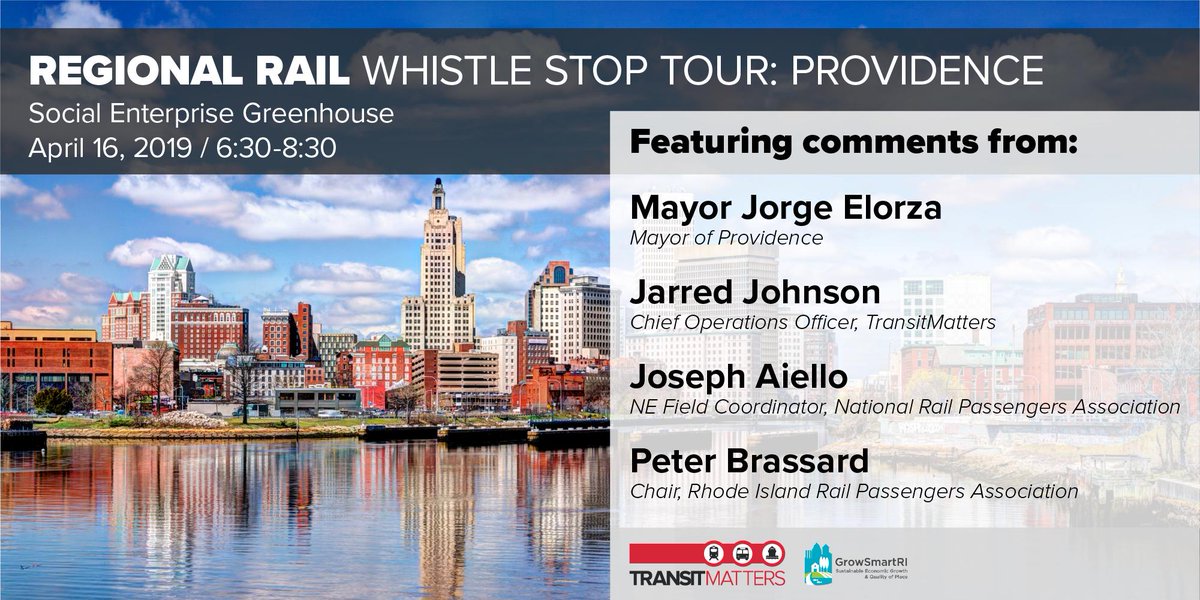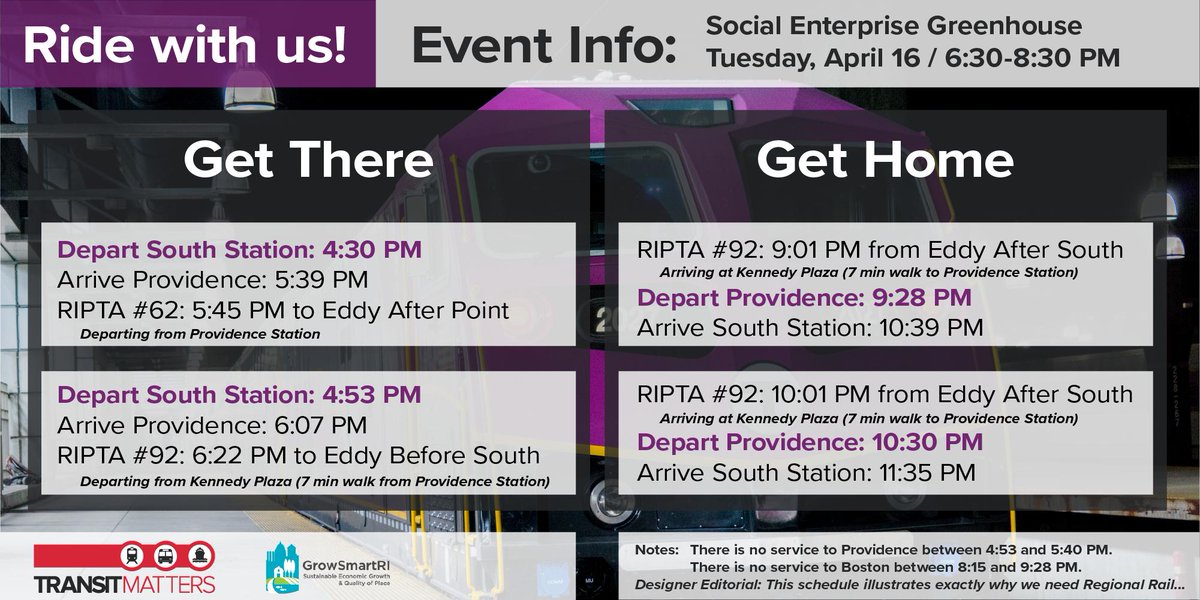Yes. There's only 2 passenger electric loco makes that are in-service and still available-for-new-sale on the continent right now: Siemens Sprinter ACS-64, and Bombardier ALP-46A. Amtrak has a Sprinter-servicing shop right in Boston and a couple spares to bum now that we're getting into warm months, while NJT has a little bit of an electric fleet shortage. As an opportunity to kick the wheels around and see what's inside, this is hard to pass up.
Just remember: it's only a demonstrator. The wires aren't there in the commuter layovers to carry water on the schedule, and the substation capacity has not yet been upgraded and can only take a hair above-and-beyond normal max-density Amtrak service levels before it's tapped out. Those substation and yard fixes are design-build procurements that can't be strung together in a few months. So this demonstrator is only going to hit a lucky one every few trains, and the schedules still have to be predicated on assumption that any train can be a 79 MPH-capped diesel set because most will still be.
After-hours you might be able to catch them doing non-revenue runs that try to gun it to the 93 MPH limit of the Rotem and rebuilt Kawasaki coaches to benchmark what a test electric schedule would look like, and that's good. And...they would probably test out the trainlining between T coach sets and Amtrak coach sets to see if more flexible rescues could be staged for either railroad's disabled trains. And all of that will be put to good use...including if they have no intention whatsoever of buying electric locos and want to proceed straight to EMU data collection next. This is a very beneficial trial...just not one that riders are going to see much immediate different experience from because the nature of the data collection is all internal.


